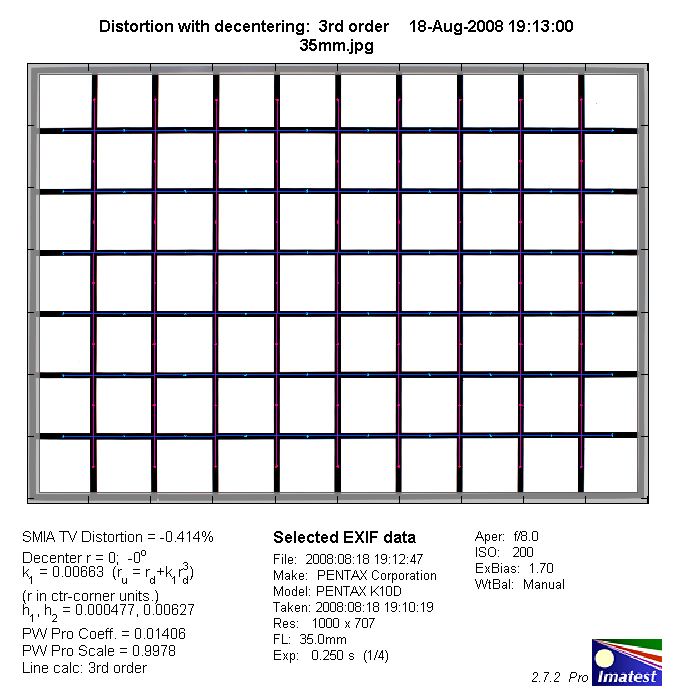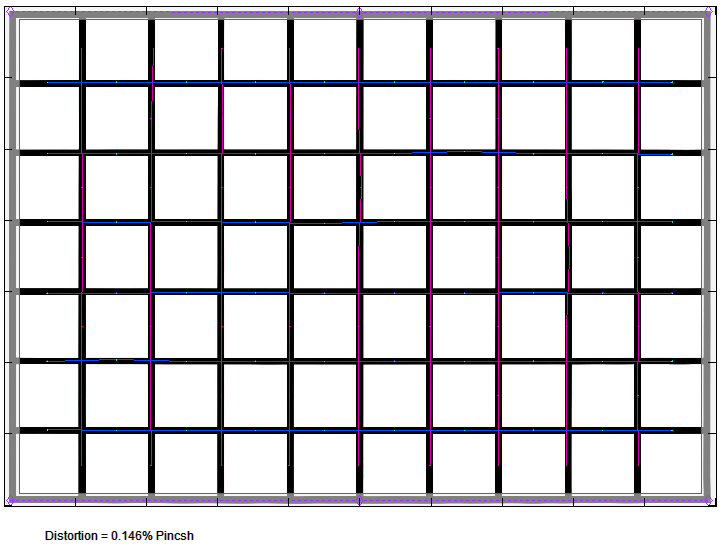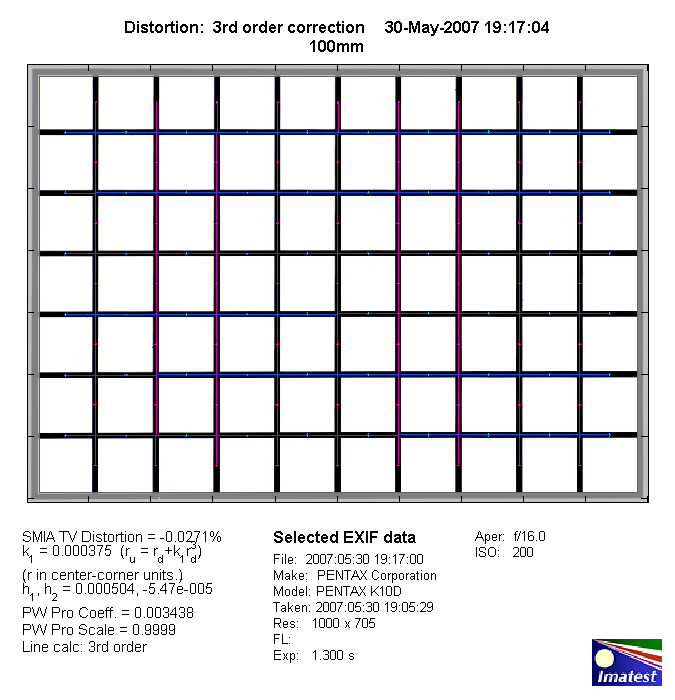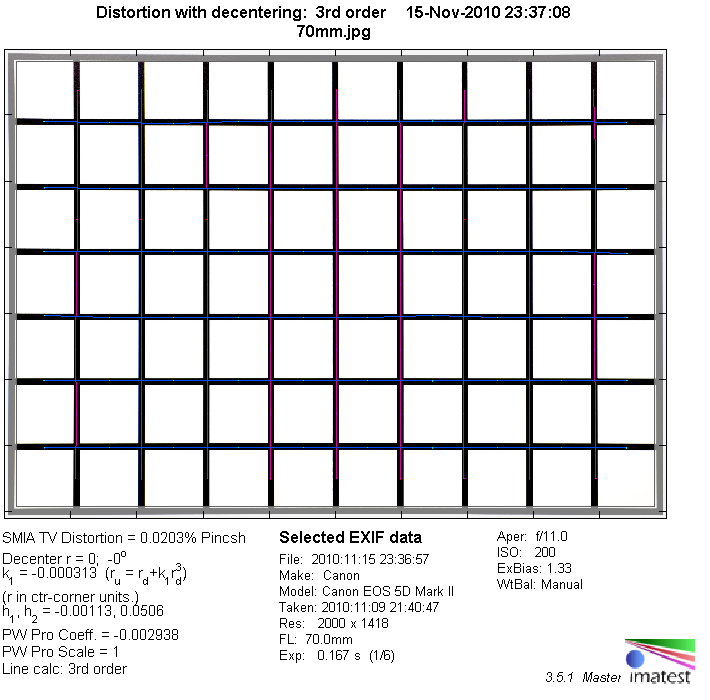A lot of interesting suggestions.
This is a great forum.
I will share my own thoughts, suggesting a couple cheap alternatives.
I appreciated the post mentioning the 8x10" camera. View cameras are the absolute best for the job, either an 8x10" on film or a little 6x9cm with digital back.
If you have to copy framed paintings or drawings protected by a glass, especially on-site, a camera with adjustable geometry is the best solution to avoid finding yourself reflected on the glass.
There are tricks to hide yourself, but shifting the lens or the focus plane makes it unnecessary.
For the same reason, using a shift lens on a DSLR is the best solution if the subject is reflective.
I have the old 28mm shift made by Pentax, but if the original isn't very big I'd go for a longer focal. There is an Arsat 35mm shift which works more than fine well stopped down, but I have personal experience of another even cheaper solution, which would be much better for smaller originals: a Pentacon Six to PK shifting adapter fitted with a dirty cheap 80mm "normal" like the russian Volna, or the slightly more expensive CZJ alternative.
Normally an 80mm shift would be too long for most uses, but in this particular case it could prove well worth the expense.
Both P6 lenses are of good quality, and could be used stopped down at their sweet spot, considering that the level (and quality) of illumination and the shutter speed should not be a constraint.
If reflections are of no concern, there is a great alternative to macro lenses, that allows the most faithful reproduction and could be even cheaper: reprocamera lenses.
Unfortunately focals under 135/150mm are both expensive and difficult to find. I remember the smallest Schneider Repro Claron... and another one, more about it later

If you already have a bellows or a set of tubes, and you're fine with a focal of 150mm, there are the great Schneider G-Claron and Rodenstock Apo Ronar. In-shutter versions aren't cheap, but barrel ones can be found for very interesting prices. It is also easier to attach the barrel version to a bellows (bellows + tubes for longer focals).
If the thread is not M39 there are cheap rings on Ebay.
Though there were alternatives outside of the high-end Germany brands.
The cheapest solution, optically on par with the best, are the Staeble's. Most of the times they were sold with the Agfa brand (or others, Google is your friend), cause they equipped the last generation of fancy, super expensive Agfa reprocameras.
The very low price is due to the fact that they can't be easily mounted on a leaf shutter, and probably also to their plasticky look (only externally!).
It's not impossible to find them for a great price on Ebay.
I found them in two very useful focals, 80mm and 135mm (a pity the two 80mm I own have cement separation, pay attention!).
This kind of lenses were used to reproduce aerial survey pictures and make maps.
Flatness of field, distortion and also vignetting (especially on a tiny sensor) are simply the best. Period.
Resolution should be more than adequate, despite the huge coverage.
Repro lenses were optimized to do only one thing, and do it extremely well.
I used them on film, with great results.
No experience on digital unfortunately. Considering their nature and the focals involved, I don't see any reason for possible problems.
Diffraction usually kicks in at closer diaphragms, feel free to experiment at f/11 and f/16.
Contrast can be pumped up in PP, if needed. No lens hood, but with controlled lighting you shouldn't need to shade the front element.
I hope my very basic suggestions weren't too pedantic. If someone gets a little curious and decides to learn a little more about the subject, and eventually find a cheap lens to experiment with, that would be my reward.
In a world that gets every day more consumerist, we are brought to believe (myself included) that we absolutely need the last and (supposedly) the best, but fortunately photography still allows us for a lot of freedom. I stored plenty of x-ray sheets for my 8x10 cameras, for example, in case sheet film will not be available.
Even in the digital domain there are countless possibilities to adapt (I'd prefer the word "recycle") old stuff with amazing results. Not second tier, good enough. Amazing.
I hope to see on this site, as soon as possible, a repository of public domain projects for 3D printers. Users of other mounts already have wonderful accessories and adapters for their cameras. An incredible number for the silly Go Pro... and yes, yes, I own one, did I I write myself included, didn't I?


Others have already given plenty of suggestions regarding other, ever more important aspects.
I just shared a few thoughts about what I love the most: lenses.
Just a quick additional consideration: a strong flash setup is not needed, cheap continuous lights are perfectly fine.
Cheers
Paolo


 Similar Threads
Similar Threads 






 One of the selling points of the 645Z is it's utility for image archiving. Pentax even make a specialized
One of the selling points of the 645Z is it's utility for image archiving. Pentax even make a specialized 







 Post #22 by dotp
Post #22 by dotp








